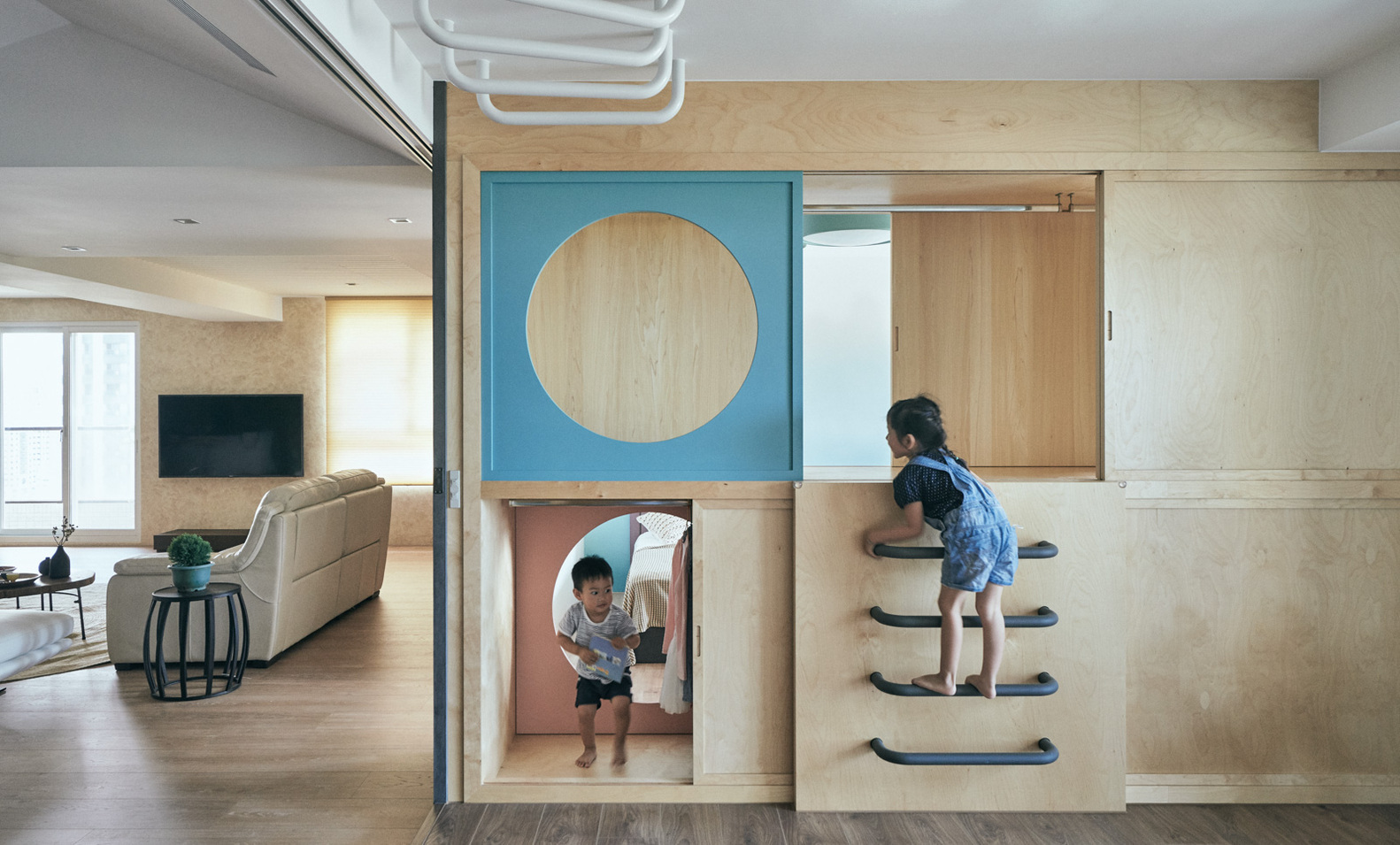Biography
Montessori Theory: An overview
The Montessori Theory is a lifelong practice that continually requires learning. Regardless of how much you know about it or how long you’ve practiced it, there are always new discoveries to be made, skills to be learned, and insights to be explored. If you ever feel stuck on your journey to incorporate Montessori practices into your life, it’s helpful to revisit the basics: What is the theory behind Montessori?
At its core, the Montessori Method is a child-centered approach to learning and teaching that believes all children have an innate motivation to learn and will do so when provided with the right environment and tools. Unlike other educational approaches, Montessori doesn’t rely on teachers and caregivers to force, bribe, cajole, or trick children into learning. Instead, the Montessori Method emphasizes independence, autonomy, and respect for children, allowing them to develop and grow at their own pace.

The Montessori Method: An Overview
The Montessori method has been a popular approach to education for decades, but what exactly is it? In this overview, we’ll break down the key principles and practices of the Montessori method, and explore why it has become such a beloved choice for parents and educators worldwide.
Origins of the Montessori Method
The Montessori method was developed by Dr. Maria Montessori, an Italian physician and educator. She began her work in the early 1900s, initially working with children with special needs. Through her observations and experiments, she developed a unique approach to education that focused on the child’s natural curiosity and desire to learn.
Key Principles of the Montessori Method
The Montessori method is based on several key principles, including:
1. Child-Centered Learning: The Montessori method emphasizes that children should be allowed to learn at their own pace, in their own way. This means that teachers act as facilitators, rather than dictators, and allow children to follow their own interests and passions.
2. Hands-On Learning: Montessori classrooms are filled with hands-on, interactive materials that invite children to explore and discover on their own. These materials are carefully chosen to encourage specific skills and concepts and are designed to be self-correcting.
3. Mixed-Age Groups: Montessori classrooms typically include children of different ages, allowing younger children to learn from older children, and older children to develop leadership skills and take on mentorship roles.
4. Individualized Instruction: Because Montessori classrooms are child-centered and hands-on, teachers are able to provide individualized instruction to each child. This means that children are free to work at their own pace, and teachers are able to provide targeted support and guidance as needed.
5. Respect for the Child: The Montessori method emphasizes the importance of respecting each child as an individual, with their own unique needs, interests, and strengths. This means that teachers work to create a nurturing and supportive environment where each child feels valued and heard.

Practices of the Montessori Method
In order to put these principles into practice, Montessori classrooms are designed to be carefully structured and organized. Some key practices of the Montessori method include:
1. Prepared Environment: Montessori classrooms are carefully designed to meet the needs of young learners. Materials are arranged on low shelves, and the classroom is divided into specific areas, such as practical life skills, sensory exploration, mathematics, language, and culture.
2. Freedom of Movement: Children in Montessori classrooms are allowed to move freely around the classroom, choosing their own materials and activities. This helps them develop independence and self-direction.
3. Three-Hour Work Cycle: Montessori classrooms typically have a three-hour work cycle, during which children can choose their own activities and work at their own pace. This extended work period allows children to fully engage in their learning and develop focus and concentration.
4. Use of Montessori Materials: Montessori classrooms are filled with specially-designed materials that are designed to be self-correcting and encourage exploration and discovery. These materials are carefully chosen to support specific skills and concepts and are arranged in a logical sequence to allow children to progress at their own pace.

Benefits of the Montessori Method
The Montessori method has been shown to have many benefits for children, including:
1. Development of Independence: The Montessori method teaches children to be self-directed and independent, which can help them become confident and self-motivated learners.
2. Focus and Concentration: The extended work cycle and hands-on learning in Montessori classrooms can help children develop focus and concentration skills that will serve them well throughout their lives.
3. Social and Emotional Development: The mixed-age groups and emphasis on respect for the child in Montessori classrooms can help children develop strong social and emotional skills, including empathy, cooperation, and self-regulation.
4. Love of Learning: Child-centered, hands-on learning in Montessori classrooms can help children develop a lifelong love of learning and a curiosity about the world around them.
The Montessori method is a unique approach to education that emphasizes respect for the child, hands-on learning, and individualized instruction. By allowing children to follow their own interests and passions, Montessori classrooms help children develop independence, focus, and a love of learning that will serve them well throughout their lives.
>> Read more: What is the Main Purpose of Montessori method?
